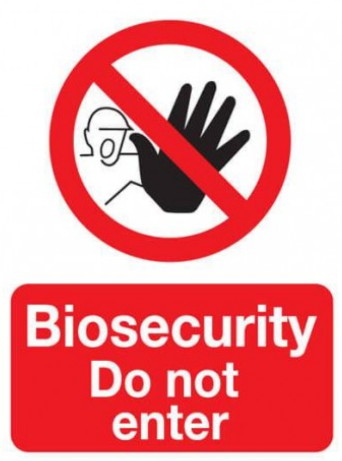> Industry & Business
Are animal feed ingredients propagating diseases?
Hygiene in the animal feed chain is based on biosecurity in feed plants and farms and on measures to control feed safety. Some feed additives like chemical preservatives and acidifiers contribute to limit bacterial and mould development. Resistant pathogens like salmonella require heat treatment at high temperatures of poultry feeds. The feed industry has long experience in controlling microbial contamination.
It is more recent that food and feed products are tested for viral propagation. Oral transmission of some viruses has been demonstrated with edible animal products for human consumption like contaminated pork products. There is new information on a novel risk factor to include feed ingredients to the list of potential routes of viral transport and transmission between herds, as well as possibly between countries. The role of some ingredients from animal origin had been addressed during the 2013 outbreak of Porcine epidemic diarrhea virus (PEDV) which resulted in the loss of approximately 10% of the annual US pig population. However, authorities concluded in 2014 that spray-dried blood plasma could not be blamed as a source of infection provided that good manufacturing practices and biosecurity standards were followed.
Concentration of manufacturing sites for some feed materials in China and common nucleotide identity between US and Chinese PEDV strains prompted studies on the risk of contaminated feed ingredients as a transmission vehicle for transboundary animal disease spread. This is especially true for some additives like vitamins : even produced with strict food safety standards, some dealers may blend some batches with carriers of unknown origin.
The evaluation under cold climate of more than 10 feed materials (complete feed, premixes, corn, soybean meal, DDGS, fat sources, amino acids, vitamins, choline chloride) on a period of one month showed that PEDV survival is ingredient-specific. As viable PEDV was not recovered in trace mineral/vitamin mixes, it was hypothetised that it was due to the caustic effect of minerals on the virus. Transboundary models to simulate the shipment of feed materials from China into the USA have been applied by mimicking timetable and environmental conditions (temperature and RH). After more than one month of transport, viable PEDV could be detected in soybean meal, vitamin D, lysine hydrochloride and choline chloride. Mitigation strategies such as formaldehyde or a blend of fatty acids have been proven to successfully reduce viral load and inactivate PEDV. Enlarged to a variety of other viruses, this Trans-Pacific model confirmed that some feed ingredients present a matrix which provides a protective environment for virus stability.
Feed ingredients that are manufactured, sealed, handled and shipped under biosecure conditions that produce a product free of pathogens and prevents post-processing contamination are not a risk to animal health.


